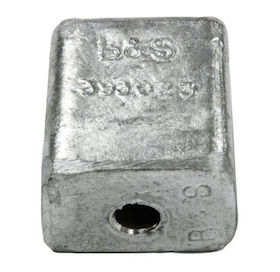
Curated with aloha by
Ted Mooney, P.E. RET

The authoritative public forum
for Metal Finishing 1989-2025

-----
Electroplating for science fair
I am planning on doing a 9th Grade science fair project on electroplating. I looked at your FAQ however when I suggested it to my teacher she said it was too dangerous to split a battery. So, I am looking for a safe method for electroplating and the teacher said I need to tell her all the materials and how much of each. As well for my question that I am answering in my experiment is "How different voltages affect electroplating?" Is this question possible to do and if you have a better one could you please suggest it.
Thanks a lot.
9th Grade Student - NYC, New York
2005
We suggested that the science teacher rather than the student split the battery, and I hardly think she would be risking life and limb, since children of 10 and under routinely did this when I was a boy. Dangerous is blabbing on a cell phone while driving ... Stop the madness!
But you can also get zinc by buying a "zinc anode" at a boating store or by sanding the copper plating off of the face of a post-1982 penny. :-)
Good luck.

Ted Mooney, P.E.
Striving to live Aloha
finishing.com - Pine Beach, New Jersey
2005
Q, A, or Comment on THIS thread -or- Start a NEW Thread
